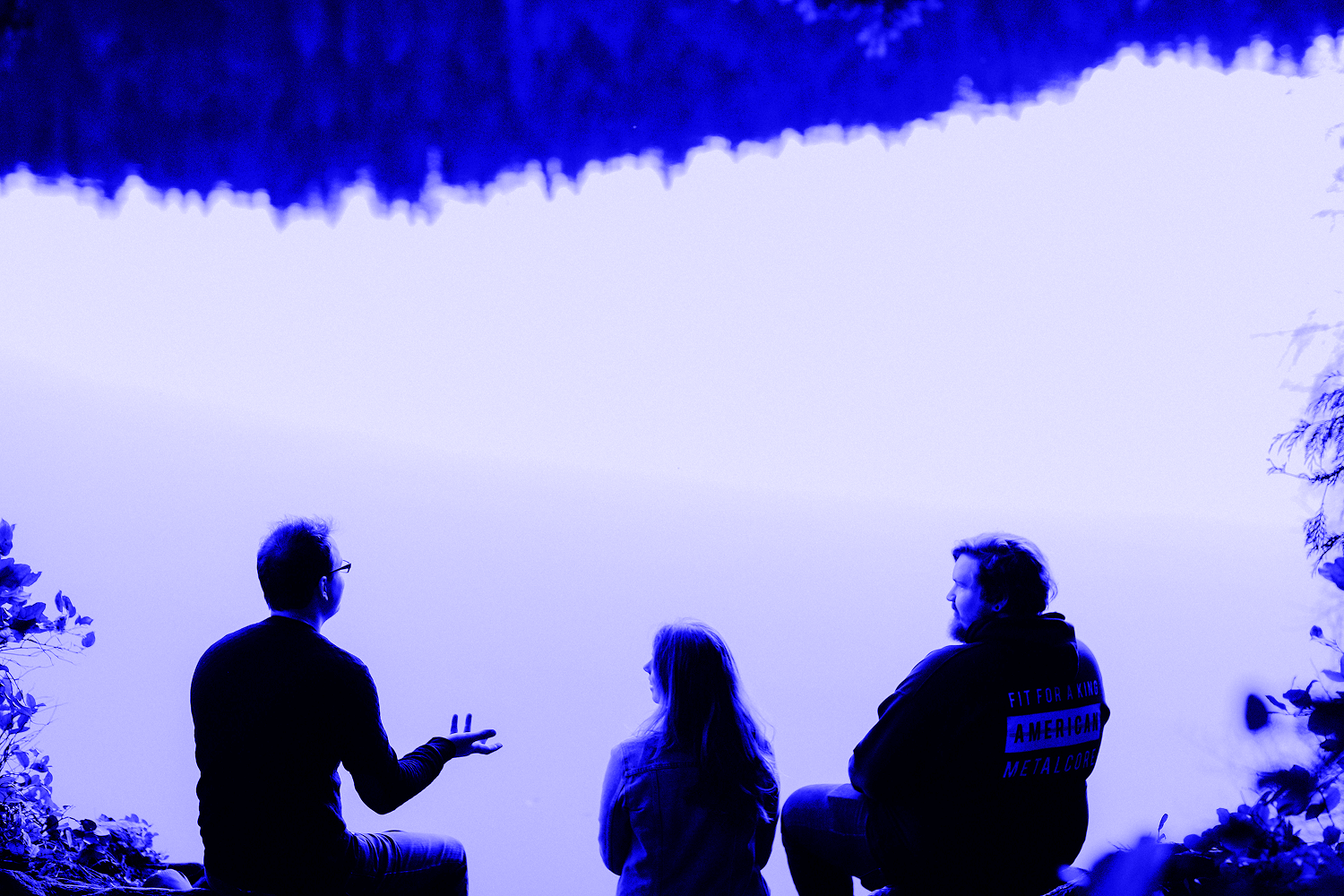How to talk to climate skeptics without losing your cool
These expert-backed strategies can help you manage the frustration—and open the door to real dialogue

Sign up and save the world
The one5c newsletter delivers our best tips right to your inbox
It’s happened to all of us: You’re chatting with a family member, a friend of a friend at a party, or neighbor when they begin to reveal, perhaps even subtly, that they don’t really buy into—or straig……

